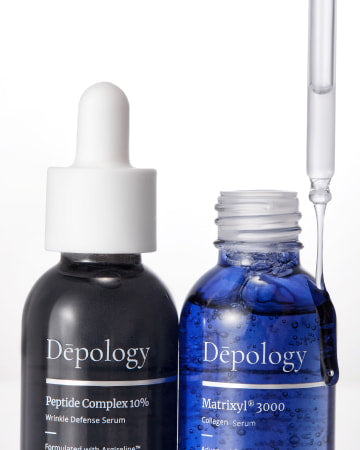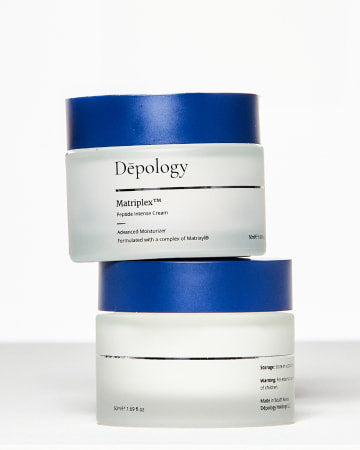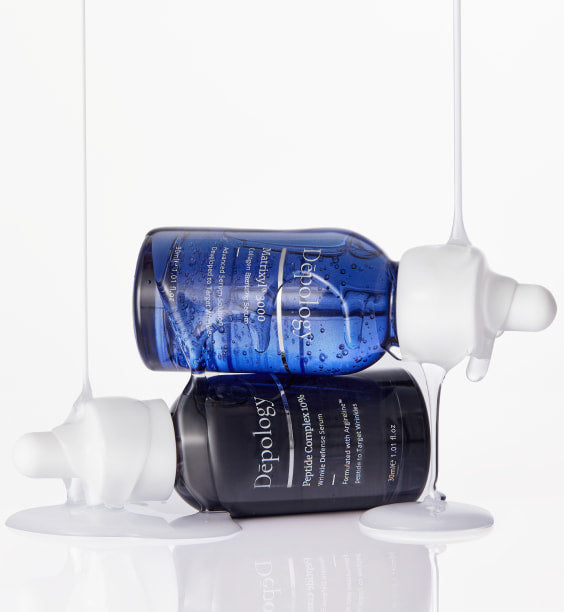

Read more
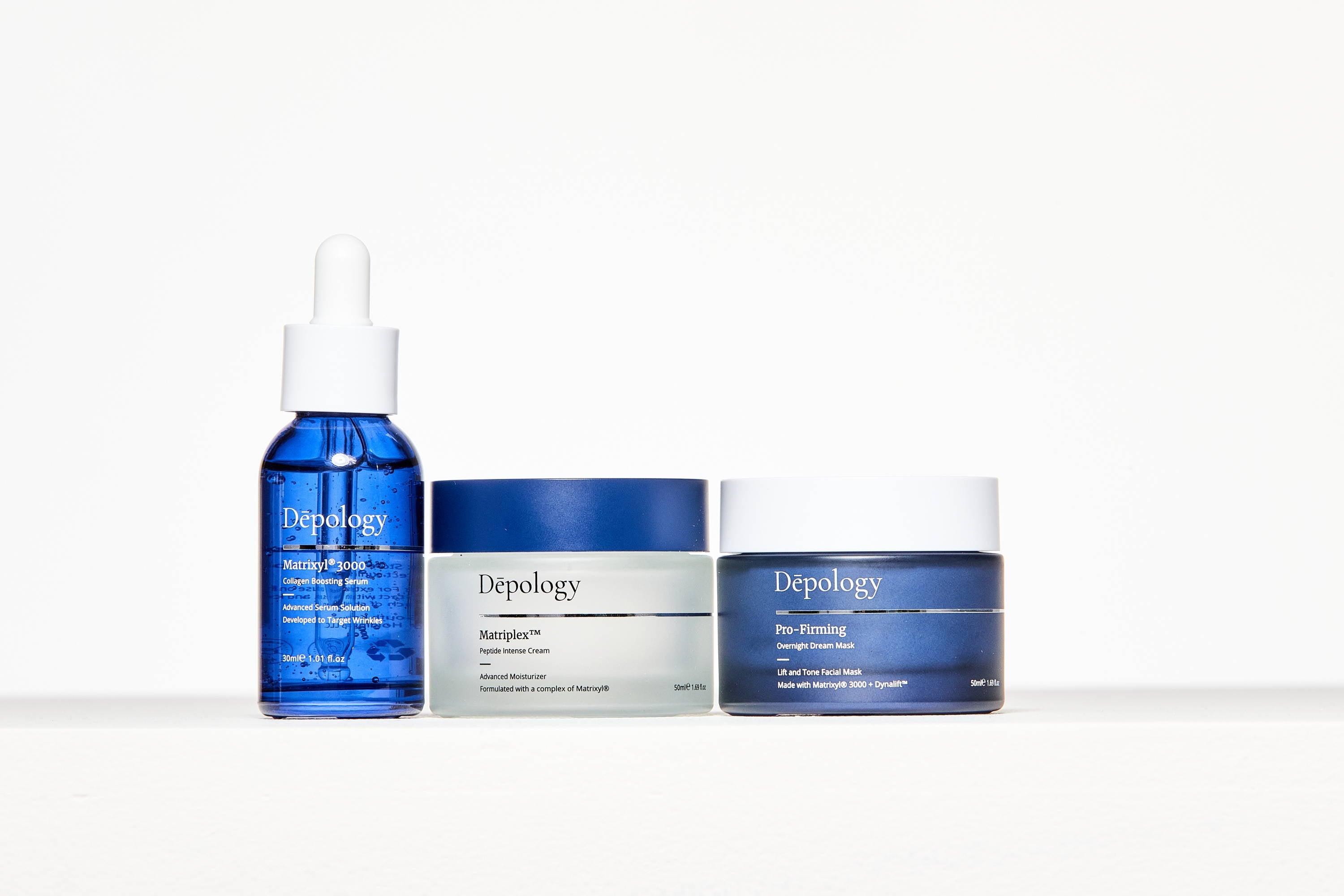
Best Anti-Aging Skincare Products For Your 40s
Creating an effective anti-aging routine for your skin in your 40s may seem daunting, but you don't have to over-complicate it. A basic anti-aging regimen should include a gentle cleanser since you...
Read more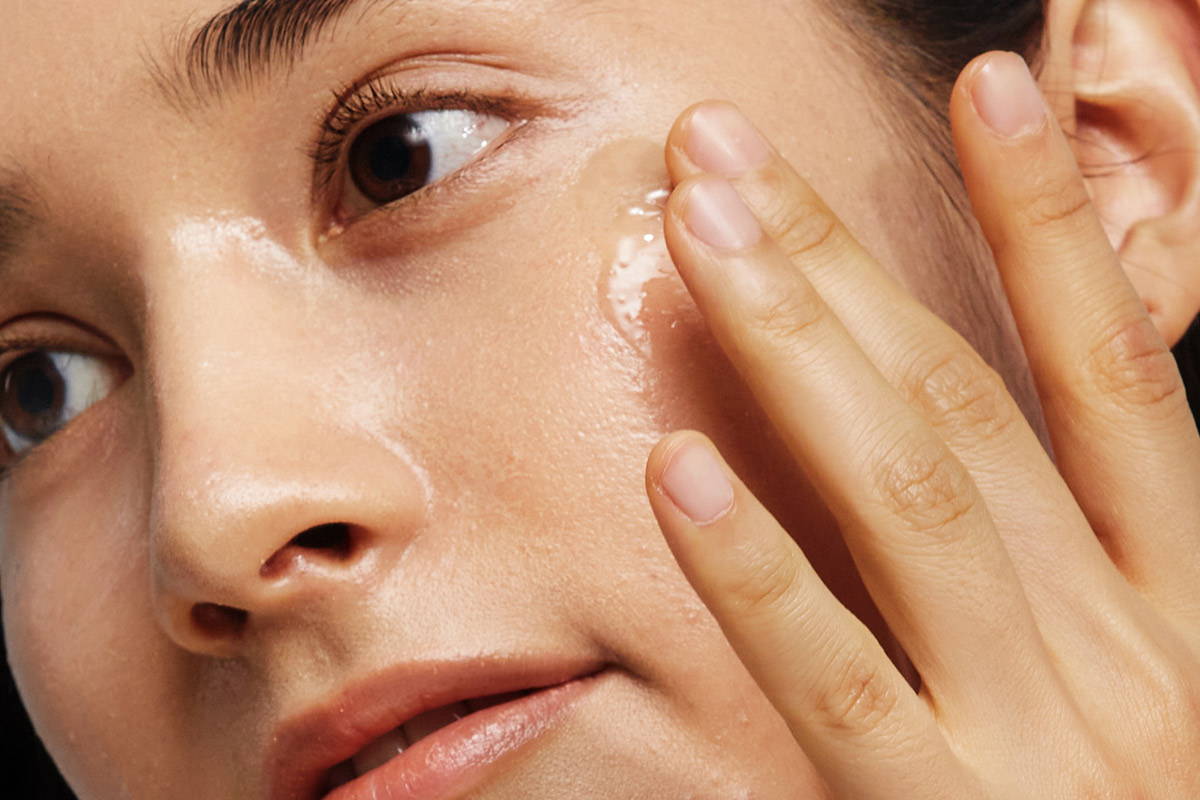
What Causes Oily Skin & How To Manage It?: Explained
If you have oily skin, it can be a challenge to manage. But with the right products, lifestyle changes and home remedies, you can keep it in check and enjoy the benefits of having oily skin.
Read more


